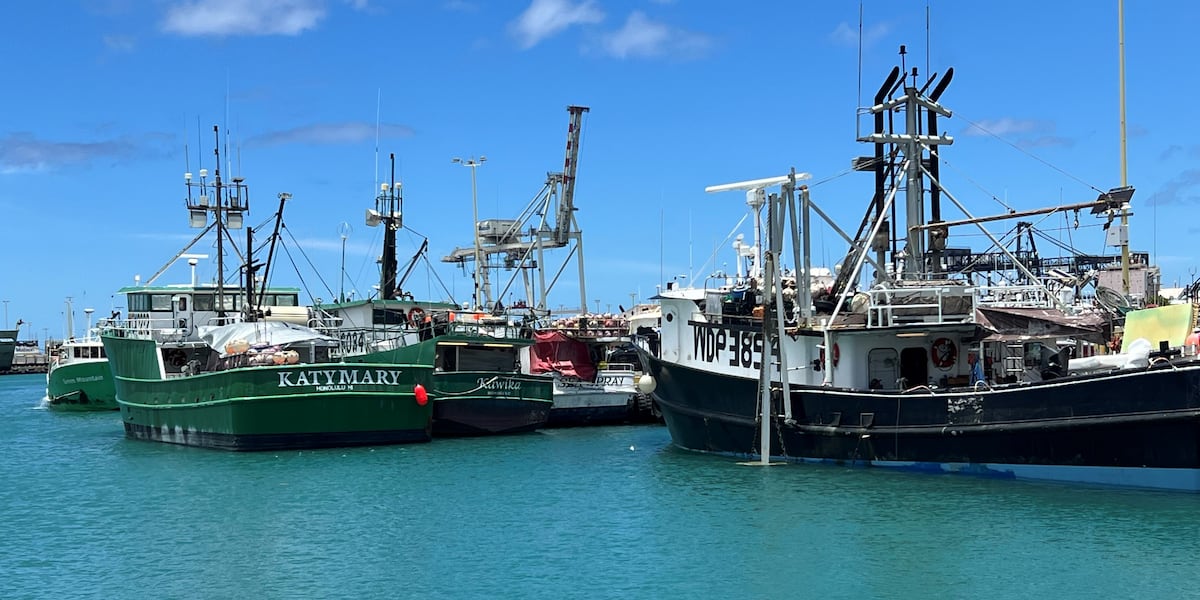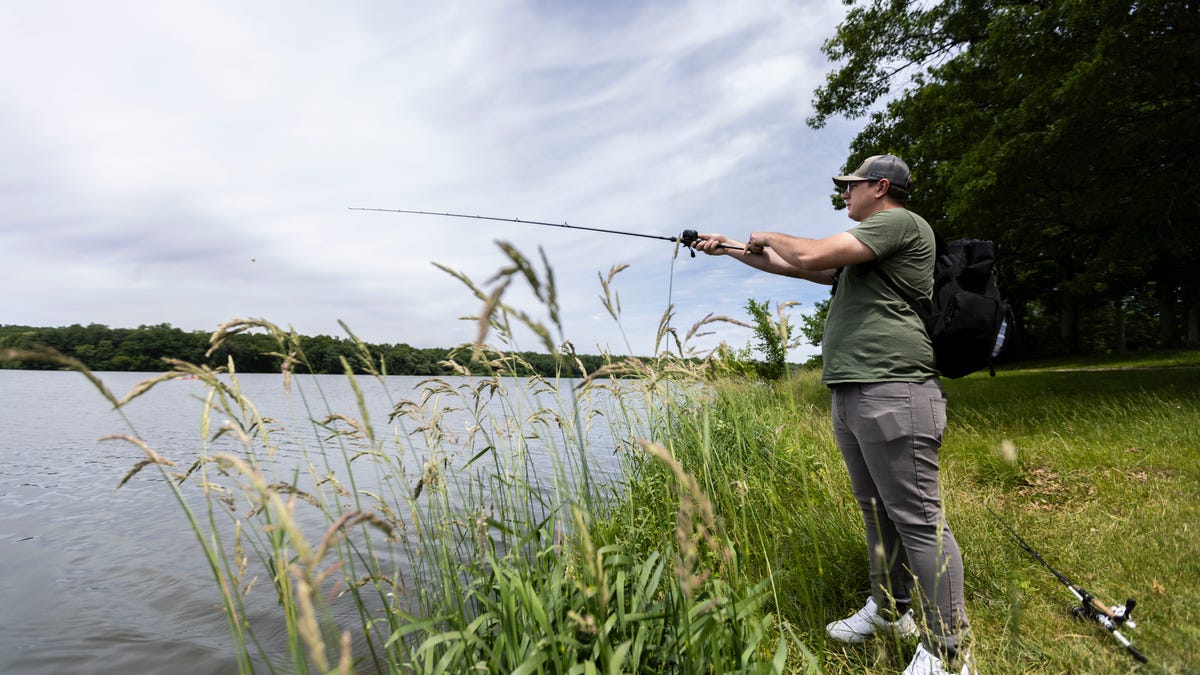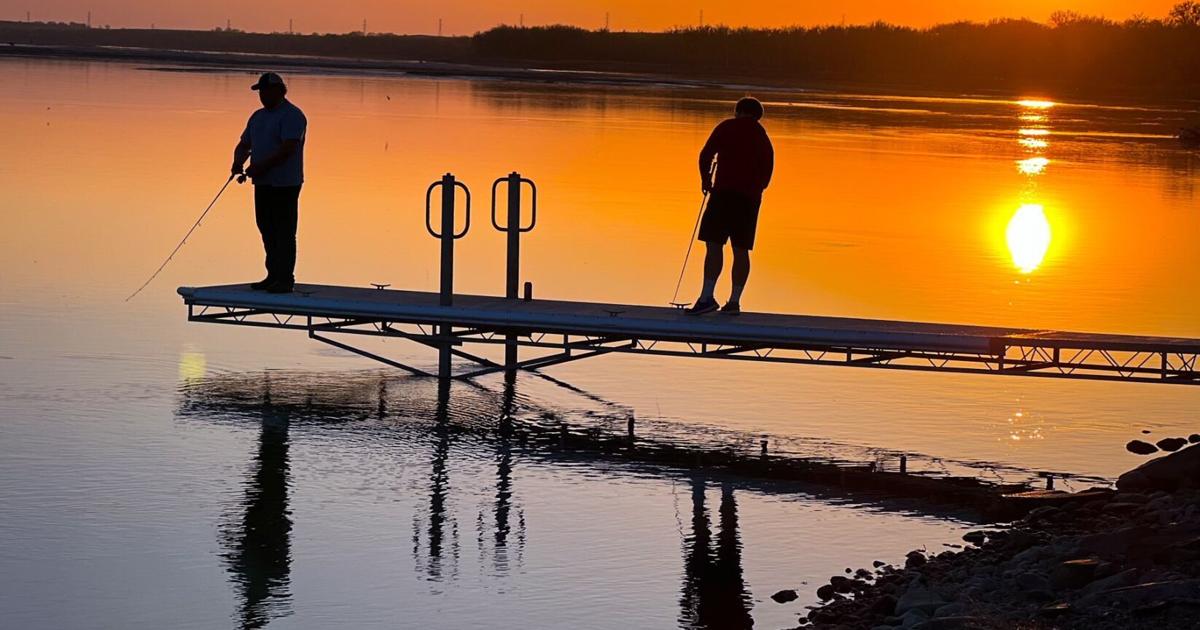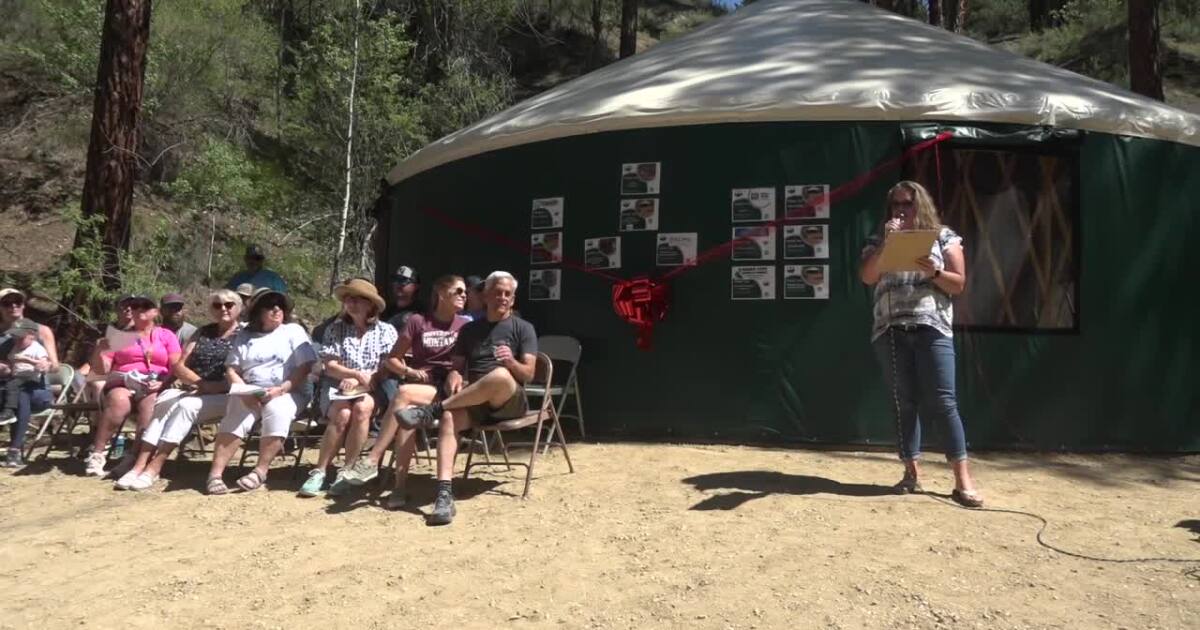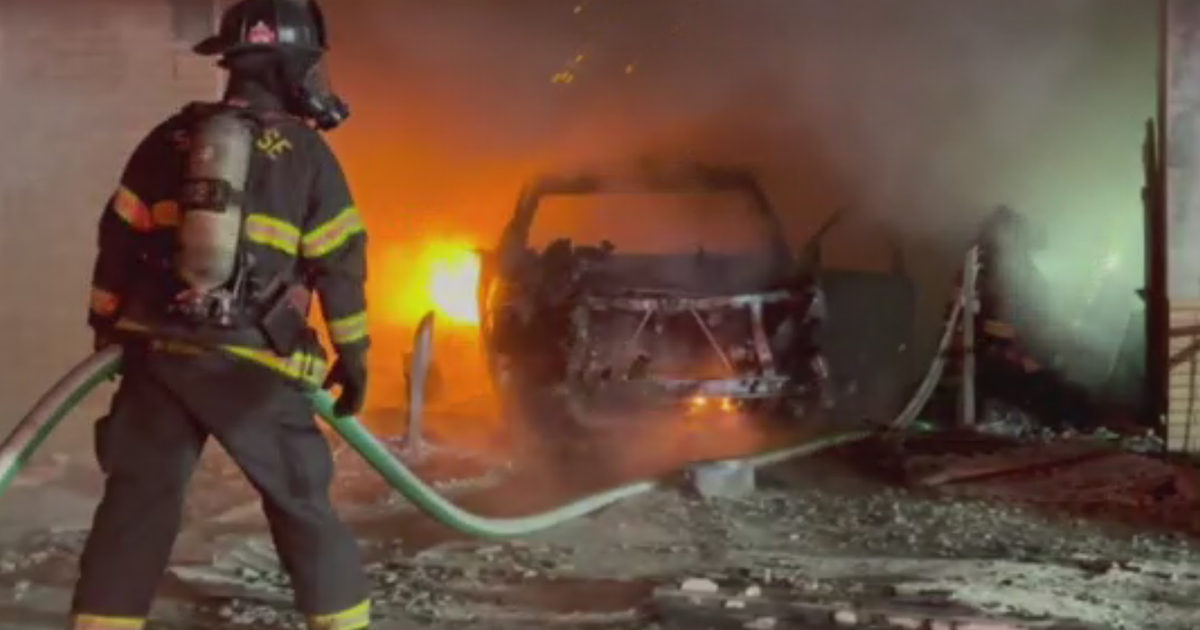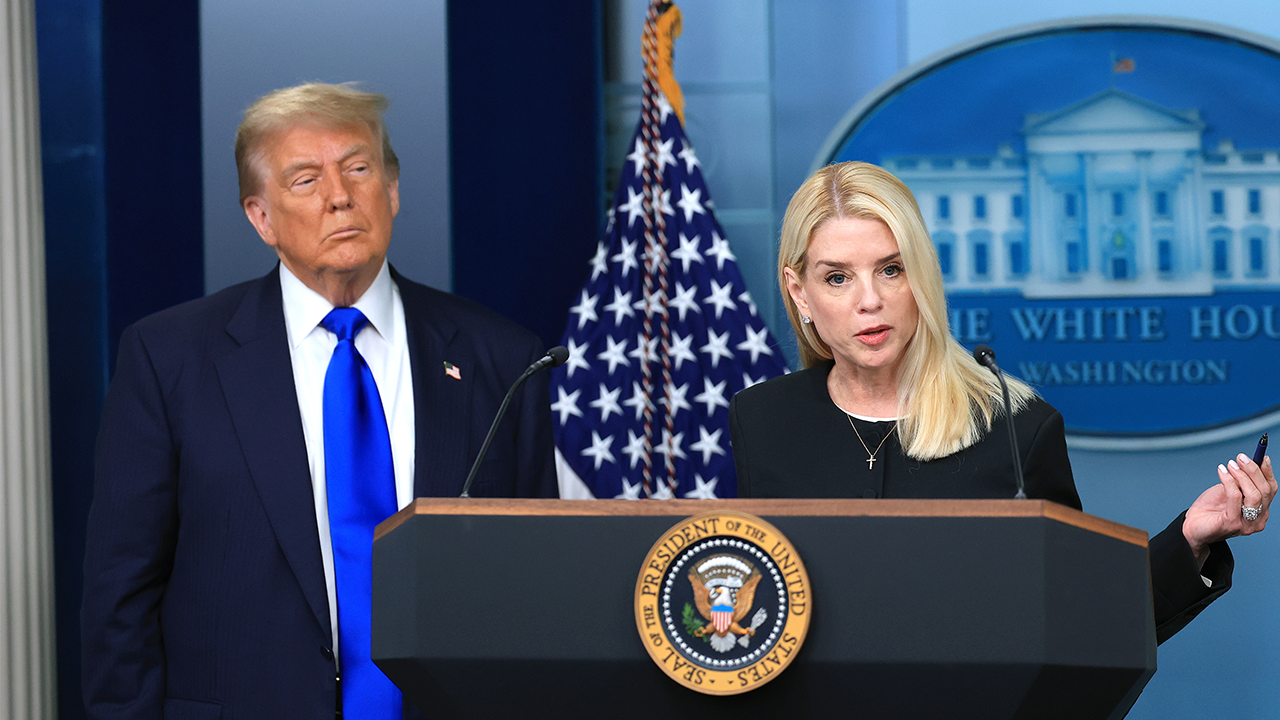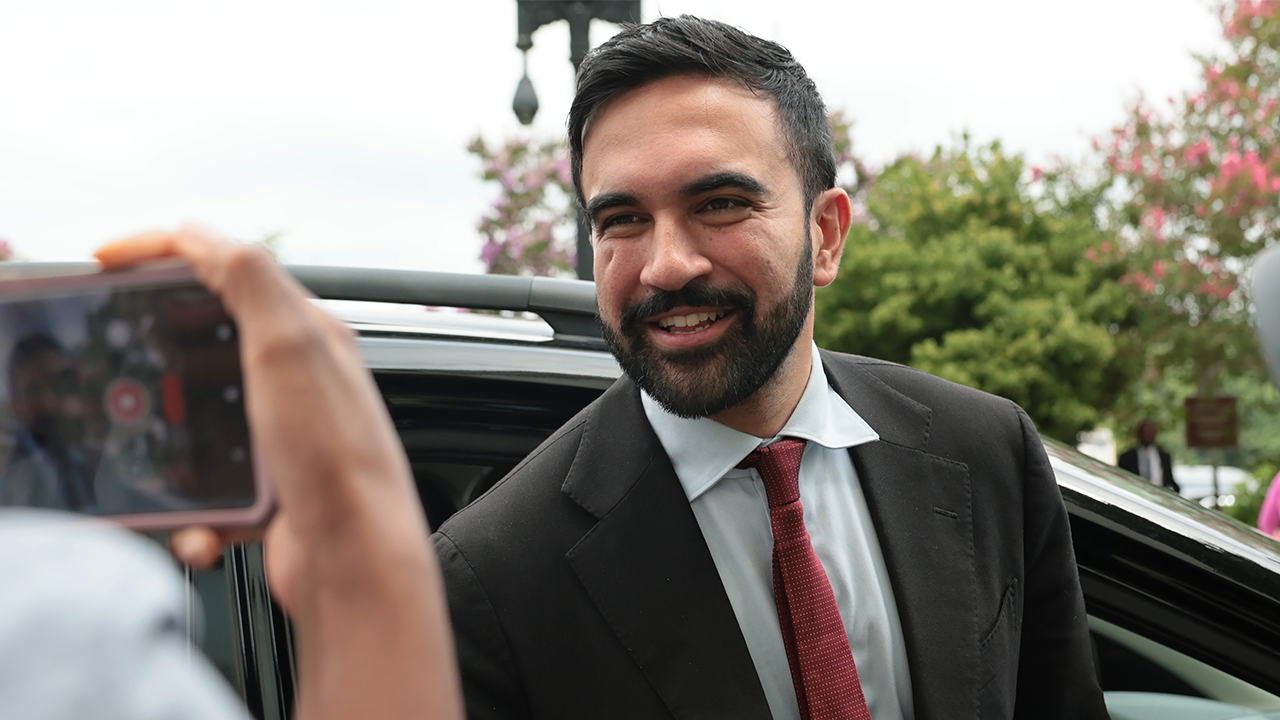Alaska
Fishing Report: All local lakes are stocked, including one for the first time in nearly a decade
/cloudfront-us-east-1.images.arcpublishing.com/gray/YQFE3KNDPNDQ7JJCQIBO7JY72M.jpg)
EAGLE RIVER, Alaska (KTUU) – Whether it’s to stock up the freezer or just a way to spend a summer afternoon, there are many ways — and many places — to fish in Alaska.
Accessibility is one of the many reasons Alaska is a prime fishing state, with many stocked lakes just a short drive away, including Lower Fire Lake in Eagle River with rainbow trout, said Alaska Department of Fish and Game Assistant Area Management Biologist Donald Arthur.
“A little bit over a decade ago, they found out there was northern pike in this lake,” Arthur said. Northern pike is a known invasive species.
“So that we weren’t putting stocked fish into the bellies of northern pike, we opted to discontinue stocking in 2014 and with the recent eradication of northern pike in the fall of 2022, we are now stocking Lower Fire Lake for the first time in nearly a decade.”
Lower Fire Lake joins the hundreds of bodies of water across Alaska stocked by Fish and Game, which can all be tracked on its website.
Fishing in local lakes provides an early introduction to fishing for young anglers and is not a far venture for experienced anglers looking to scratch the fishing itch, Arthur said.
“Driving several hours with family can be a challenge,” he said. “A lot of these lakes are right in the backyards of many residents just here in Anchorage and Eagle River alone.”
Whether midnight fishing at Jewel Lake or casting a lane at Cheney Lake, fishing is always better with a buddy, and that goes for stocking as well.
Fisheries technician Don Bee stocked his first lake in 1973, with his total fish tally in the millions.
“To me, I like putting good healthy fish in lakes,” Bee said after stocking Mirror Lake. “It is a fun job, everyone is glad to see us show up at the lake — it’s kind of like driving an ice cream truck.”
Now 70 years old and nearing retirement, Bee brings a helper bee: his 9-year old granddaughter Thora.
“I enjoy seeing the fish get back into a new home so they can live a happy life and get new eggs for other trout to come.” Thora said, attached to her grandfather’s hip.
Don said getting fish into local lakes is important because summers in Alaska are all about fishing, family, and fun.
“I brought my own kids with me on stocking trips when they were her age, and now that they have kids I bring those kids with me, and it’s all good,” Don added.
Millions of fish are ready to be caught across hundreds of bodies of water in Alaska with the fishing season just getting started.
Copyright 2023 KTUU. All rights reserved.

Alaska
Opinion: We’ve done what the governor says Alaska school districts refuse to do. Now we’re at the breaking point.

As the superintendent of the Fairbanks North Star Borough School District, I feel compelled to respond to the recent opinion article by Gov. Mike Dunleavy and Education Commissioner Deena Bishop (“We’re not going to stop pushing for better Alaska student outcomes”) advocating for increased educational “options” and implying that districts like ours resist innovation to preserve the status quo. This narrative misrepresents both our district’s efforts and the real fiscal challenges we face.
In Fairbanks, we’ve made the hard decisions year after year in our school district. We’ve closed schools, consolidated programs, reduced administrative positions, outsourced evening custodial positions, and sought out efficiencies at every level. We’ve done this while navigating declining enrollment and a state education funding formula that has failed to keep pace with inflation for more than a decade.
When state leaders claim that districts like ours resist innovation or cling to the status quo, they aren’t just being unfair — they’re misrepresenting the truth. These assertions perpetuate a false narrative that undermines public confidence and damages enrollment in our schools.
Over the past four years, the Fairbanks North Star Borough School District has closed seven schools. These were difficult and emotional decisions to ensure that we could continue serving our students responsibly and sustainably. We have streamlined our operations, reorganized academic programs and redirected limited resources to classrooms where they matter most. These are exactly the kinds of changes critics call for — and we have already made them. We’ve shown innovation by streamlining, reorganizing, redirecting and focusing on what matters most, even when funding stops showing up.
We’ve done what the governor and others say school districts refuse to do. Yet despite all of these difficult and proactive steps, we still face significant funding shortfalls that directly affect our classrooms. The reality is this: doing more with less can only go so far. Continued underfunding is now eroding the quality of education we can provide, and we have already reached that breaking point.
Fairbanks has not stood still. We’ve embraced innovation and modernization in ways that reflect the diverse and evolving needs of our families. We’ve expanded career and technical education opportunities, strengthened blended and online learning options, and partnered with community organizations to support student mental health and early literacy. These efforts aren’t relics of the past; they are forward-looking, equity-driven strategies rooted in data and community feedback.
[Earlier commentary: Alaska education reform doesn’t start with budget cuts]
At the same time, we cannot ignore the reality of chronic underfunding. While some disingenuously claim that education funding has grown significantly in recent years, they fail to account for the full picture. Inflation, rising operational costs, and limitations in Alaska’s funding model have steadily eroded our real purchasing power. If the Base Student Allocation had simply kept pace with inflation, Fairbanks schools would be receiving approximately $30 million more each year. That funding would reduce class sizes, restore student support positions, and prevent program cuts that harm students.
Today, some classrooms in Fairbanks have more than 35 students — a clear reflection of the strain on our resources. We’ve had to make difficult decisions, including reducing teaching and counseling positions and limiting vital services that families rely on each day. When we talk about “saving jobs,” we are referring to the teachers, aides, librarians, and specialists who provide essential instruction, care, and support to our children. These positions are not bureaucratic; they are fundamental to student success.
The governor often points to Mississippi as a model for improving literacy outcomes. We agree that Alaska should aim for similar progress. But what he fails to acknowledge is that Mississippi made major investments to achieve that success — including more than $9 million in the first year and $15 million annually to fund literacy coaches and early intervention. In contrast, Alaska’s Reads Act, though promising in its design, has not been supported with the level of funding needed to deliver meaningful results. Good policy is only effective when matched with sustained investment. We cannot replicate outcomes without replicating inputs.
We also support the idea that families deserve options, and in Fairbanks, we offer a range of public school choices, including charter and homeschool programs. But we cannot expand “choice” by weakening the neighborhood schools that serve the vast majority of students — especially those with disabilities, English language learners and students who require additional support. When we shift resources away from these core schools, we undermine equity, stability, and access for all.
Despite what you may hear, Alaska’s public school leaders are not obstructionists. In fact, over the past two legislative cycles, our lawmakers have worked across party lines to support both increased education funding and thoughtful policy reforms. Unfortunately, each time meaningful progress has been made — including the most recent bipartisan effort to raise the Base Student Allocation — the governor has chosen to veto those advances rather than build on them. That is not collaboration. It is a refusal to meet in the middle. It’s a refusal to honor the hard work elected legislators from across our state have done to support all students in Alaska.
We welcome a different path. I invite the governor and commissioner to visit our schools, speak with our educators, and hear directly from our community. Come see how Fairbanks is working tirelessly to adapt, innovate and serve every student — even with fewer resources than we had a decade ago. The time has come to stop drawing battle lines and start building solutions together like we have seen the Legislature do.
If we are serious about improving education in Alaska, then we must fully fund our schools, protect vital teaching positions and ensure that policy reforms are supported with the resources required to succeed. Our students deserve more than rhetoric and political gridlock. They deserve a public education system that values both opportunity and excellence.
Fairbanks has done the hard work. Now we need a true partner in the state. All of Alaska’s children are counting on us.
Luke Meinert serves as superintendent of the Fairbanks North Star Borough School District. He has held leadership and teaching roles with the Aleutians East, Yukon-Koyukuk and Fairbanks school districts.
• • •
The views expressed here are the writer’s and are not necessarily endorsed by the Anchorage Daily News, which welcomes a broad range of viewpoints. To submit a piece for consideration, email commentary(at)adn.com. Send submissions shorter than 200 words to letters@adn.com or click here to submit via any web browser. Read our full guidelines for letters and commentaries here.
Alaska
Captured on camera: An ‘otter-ly’ fantastic adventure through Alaskan waterways
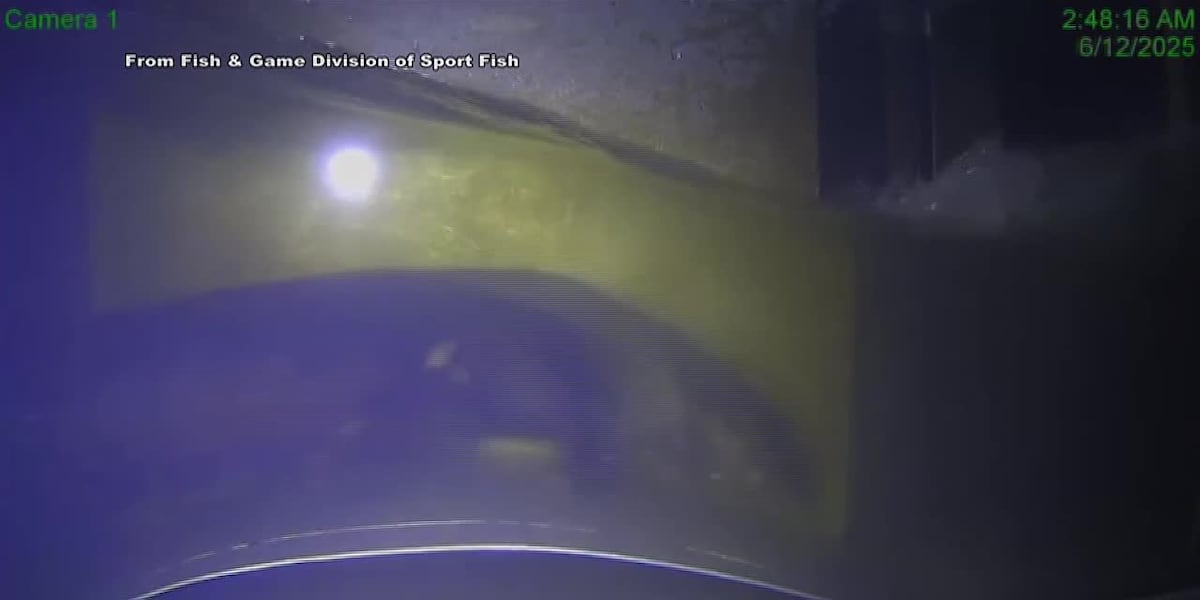
ANCHORAGE, Alaska (KTUU) – For the first time, an otter was captured on camera swimming through the weir at Westchester Lagoon. The Alaska Department of Fish and Game posted the video on their Sport Fishing Facebook page.
“Seeing them go in and out through, that isn’t anything unusual. It’s probably been happening for years. This is just the first time we’ve actually got video footage of it,” said Cory Stantorf, a biologist for the Department of Fish and Game.
According to Fish and Game, the camera was placed to monitor the movement of fish and invasive species throughout Alaskan waterways. A grant from Fish and Game’s Invasive Species Program funded the camera.
Stantorf said it is not uncommon for small marine mammals to find their way through weirs.
“It’s more common for river otters. They’re significantly more mobile in and out of water systems, so they’ll go from Campbell Creek over to Chester Creek, then they’ll bounce back,” he said.
Stantorf said otters are a vital part of the ecosystem that keeps watershed areas healthy. He reminded people to be respectful of all wildlife and to report any negative interactions to the Fish and Game office.
“Just like when people see other wildlife like bears or moose, otters are the same way. You have got to give them space. Don’t approach them,” Stantorf said. “We haven’t had any negative reports this year, which is great.”
See a spelling or grammar error? Report it to web@ktuu.com
Copyright 2025 KTUU. All rights reserved.
Alaska
Sullivan ‘side-deal’ not enough to save rural Alaska public broadcasting, opponents of Trump proposal to funding cut say
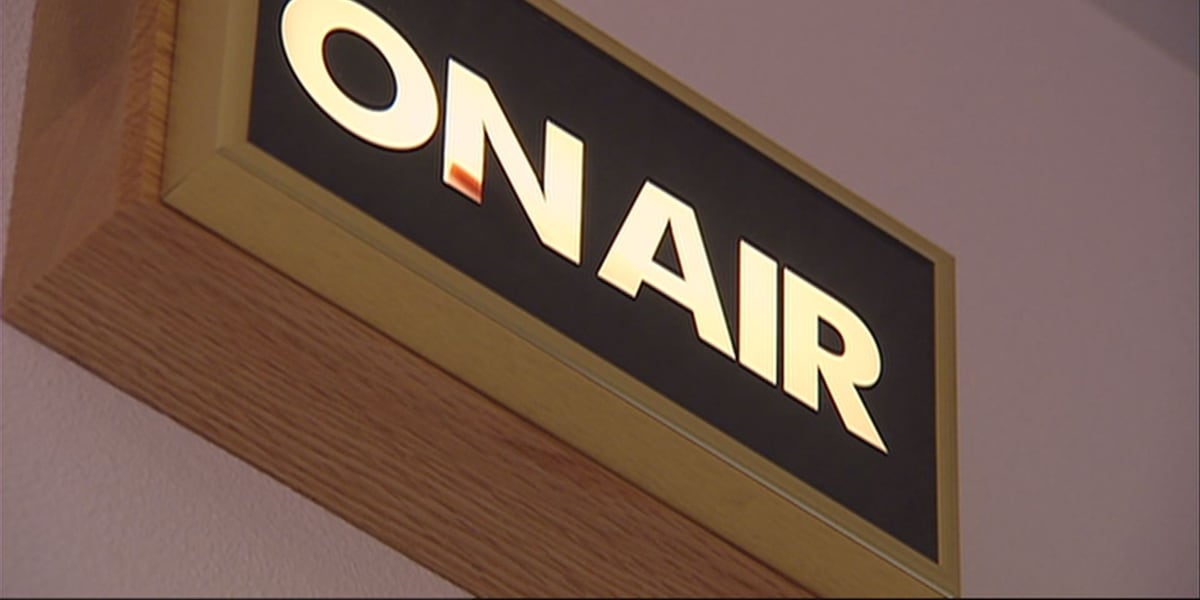
ANCHORAGE, Alaska (KTUU) – Hours before the Senate is set to vote on President Donald Trump’s $9.4 billion proposal to cut funding for public broadcasting and foreign aid, opponents said Sen. Dan Sullivan’s negotiation with the Trump administration – which a spokesperson for Sullivan argued Tuesday night would preserve rural Alaska stations – would not be enough to save them, arguing it only amounted to a one-time check to Tribal public media stations.
“I think with a side deal like this, [with it] not in the underlying legislation, it is not going to be an amendment, so we are sort of relying on different sources both within Congress and the [Trump] administration to talk about what they’ve said they’ve agreed to,” Kate Riley, CEO and President of America’s Public Television Stations said.
But details of how the deal could potentially impact Alaska remain unclear.
Sullivan’s Tuesday night statement announcing the deal, from the senator’s spokesperson Amanda Coyne, did not clarify the framework of how the funding would be allocated.
“Because of the importance of public radio for rural Alaska, for years Senator Sullivan has been an advocate for funding for our rural stations, and has been working for the last number of weeks with his Senate colleagues and senior White House officials on alternative sources of funding to help keep rural radio stations on the air,” Coyne said. “Today, the administration committed to continued funding to help support our most rural stations.”
“As I understand it, there are no officially recognized ‘tribal’ stations in Alaska,” Alaska Public Media President and CEO Ed Ulman told Alaska’s News Source Wednesday. “Only Koahnic Broadcasting Corporation, which operates KNBA, is owned and operated by Alaska Natives.”
Leading up to Wednesday’s debate, last month KNBA President and CEO Jaclyn Sallee released a joint statement with 11 other Alaska public media stations explaining the potential impact.
“KNBA 90.3, could lose nearly 25% of its annual revenue, leading to cuts in service including local Alaska Native news and emergency alerts. Our award-winning national Native programs, Native America Calling and National Native News, part of daily schedules on stations across Alaska, would experience an even greater loss – one from which they might not be able to recover,“ she said. ”More than 60 tribal stations we serve would be disproportionately impacted where they offer efficient emergency alerts and vital community connections.”
The deal, according to Riley’s numbers, would potentially mean Alaska having to split $9.4 million among 28 Tribal stations in eight other states. She said those cuts would come out of reallocated programs from the Department of the Interior.
Senator Mike Rounds, R-South Dakota, who was also reportedly part of the negotiations with the White House, said on X yesterday that cuts from the Green New Deal would fund these Tribal stations.
“We wanted to make sure tribal broadcast services in South Dakota continued to operate which provide potentially lifesaving emergency alerts,” he said. “We worked with the Trump administration to find Green New Deal money that could be reallocated to continue grants to tribal radio stations without interruption.”
The funding, however, will not come in the way of additional legislation or an amendment to the president’s bill currently being discussed by the Senate. So far, Riley said, it only amounts to a Trump administration promise to provide support.
Though 28 Tribal stations would benefit from the promise, she added the Corporation for Public Broadcasting, where funds to local stations would be cut from, provides support to 36 Tribal stations. She did not know which 28 stations would be supported.
Riley said the “side deal” also left unanswered what happens to other rural community public media stations.
“Those are not the only stations that serve native populations and there are many of our local stations that are providing service in communities where there are no other local media sources and no other broadcasters,” she said. “We think it’s critically important that all of those local station services be protected.”
Following America’s Public Television Station’s statement Wednesday, Alaska’s News Source reached out to Sullivan’s office who declined an interview.
When Alaska’s News Source first informed Alaska Public Media’s Ulman about Sullivan’s negotiation Tuesday, Ulman said he was “blindsided.”
“I can tell you for a fact that multiple folks in the state of Alaska have explained to the senator and his office how [public media] works and how [the Corporation for Public Broadcasting] is essential to ensuring that the 27 public media outlets in Alaska can remain in operation,” Ulman said. “So, this isn’t even a compromise. It’s just not gonna work.”
Ulman said Alaska stands to lose more than $30 million in federal funding over the next two years, if the bill is passed.
″It’s a 20% cut to Alaska Public media’s operational budget. How do you run your household If you took a 20 Percent pay cut,” Ulman told Alaska’s News Source Wednesday. “Any type of cut that’s 50% or higher to an annual budget. You’re not the same organization and you can’t cut half of your operation and continue to really thrive.”
He added he’s concerned over how the promised funding to Alaska Native stations would be apportioned, and worried that hedging a bet on a promise from the Trump administration may be problematic.
“I want to see the details. If I were one of my colleagues, say in Petersburg, or in Talkeetna, (or in) Galena, I would want to know the deal. How is this really going to affect me?”
Sen. Lisa Murkowski, R-AK, told reporters in the halls of Congress Wednesday that the public media funding bill was crucial to Alaska.
“There has been probably no issue, no single issue, that has drawn out more interest across the state of Alaksa than support for public broadcasting,” she said. “I come from a state that is extraordinarily rural. I come from a state where access to other forms of information and communication may be limited. It may just come by way of your radio. Call it old school, it’s what we live in many parts of the state.”
Murkowski was one of only three Republicans, including Sen. Susan Collins, R-ME, and Sen. Mitch McConnell, R-KY, who voted not to move forward with a vote, while Sullivan joined most other Republicans in voting to move forward on the bill.
“For years, in numerous meetings, Senator Sullivan has been consistently warning executives from public media entities, the Corporation for Public Broadcasting, and NPR that their biased programming and reporting, funded in part by the American taxpayer, would eventually jeopardize federal support for both national and local radio stations,” Coyne said.
As of publication, the Senate is voting on adding amendments to the legislation. If any amendments are approved by the legislature, the bill will be sent back to the House. The bill must pass Congress by Friday. Riley said she expected the vote to be close.
See a spelling or grammar error? Report it to web@ktuu.com
Copyright 2025 KTUU. All rights reserved.
-

 News1 week ago
News1 week agoVideo: Clashes After Immigration Raid at California Cannabis Farm
-
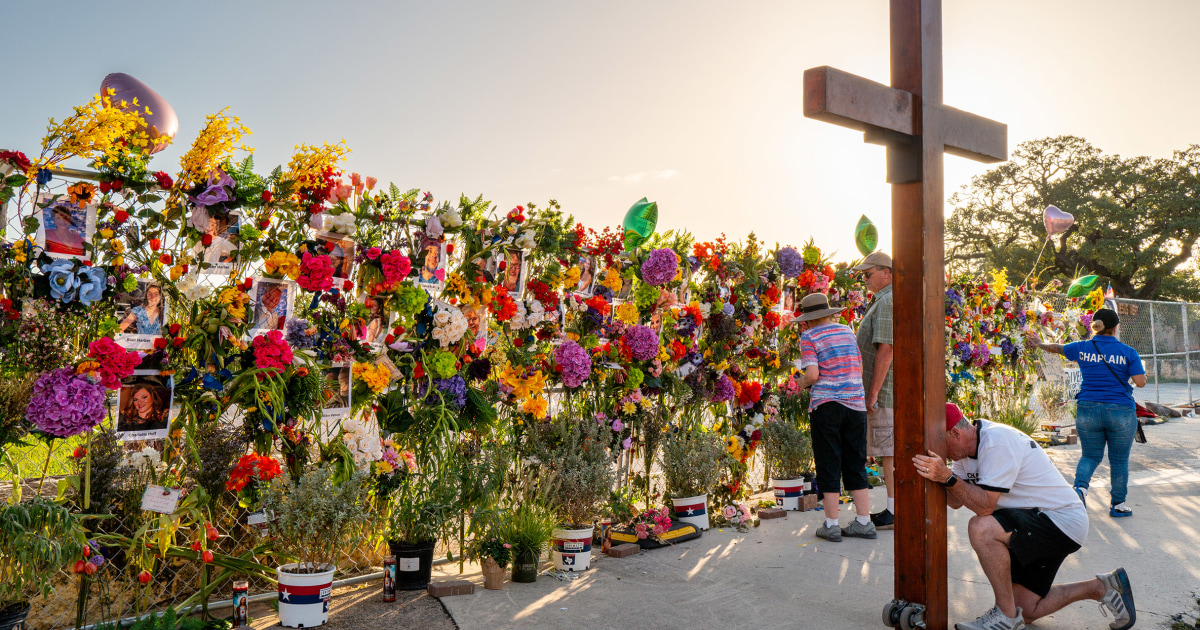
 News1 week ago
News1 week agoTrump heads to Texas as recovery efforts from deadly flood continue
-

 World1 week ago
World1 week agoNew amnesty law for human rights abuses in Peru prompts fury, action
-

 Movie Reviews1 week ago
Movie Reviews1 week agoMaalik Movie Review – Gulte
-
Movie Reviews1 week ago
‘Doora Theera Yaana’ movie review: Mansore’s mature take on relationships is filled with relatable moments
-

 Technology1 week ago
Technology1 week agoIt’s the final day of Prime Day 2025, and the deals are still live
-
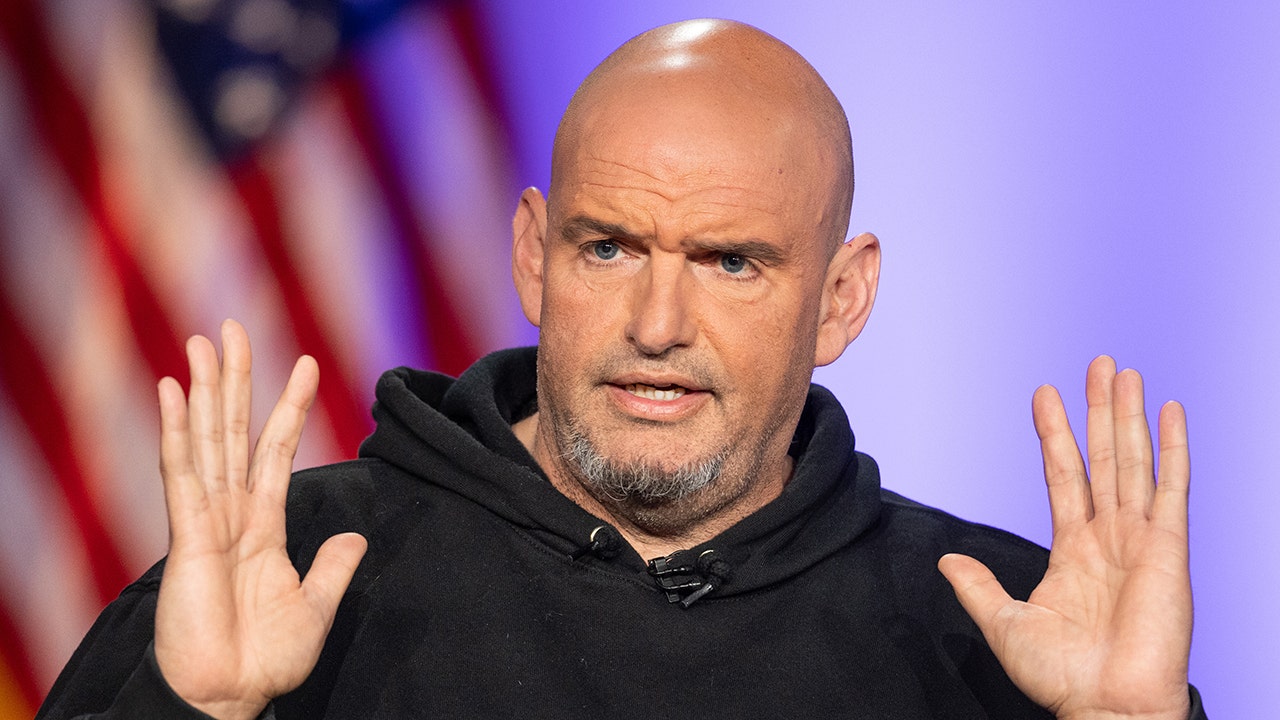
 Politics1 week ago
Politics1 week agoDemocrat John Fetterman declares support for ICE, condemning any calls for abolition as 'outrageous'
-

 World1 week ago
World1 week agoRussia-Ukraine war: List of key events, day 1,235
